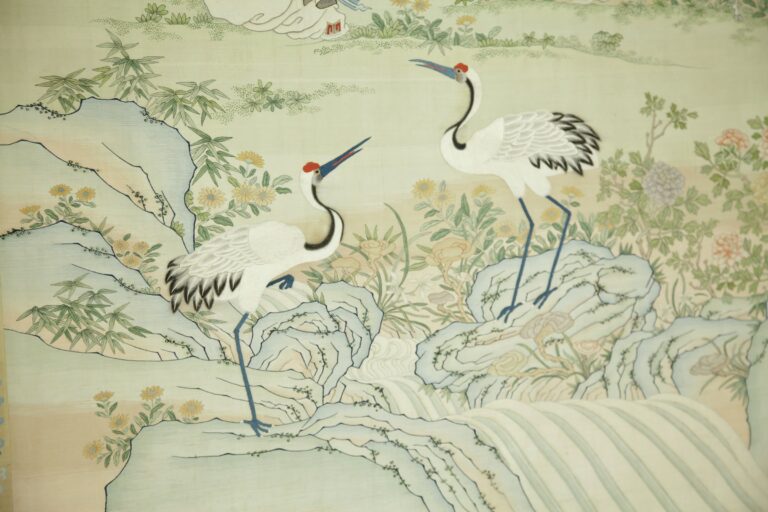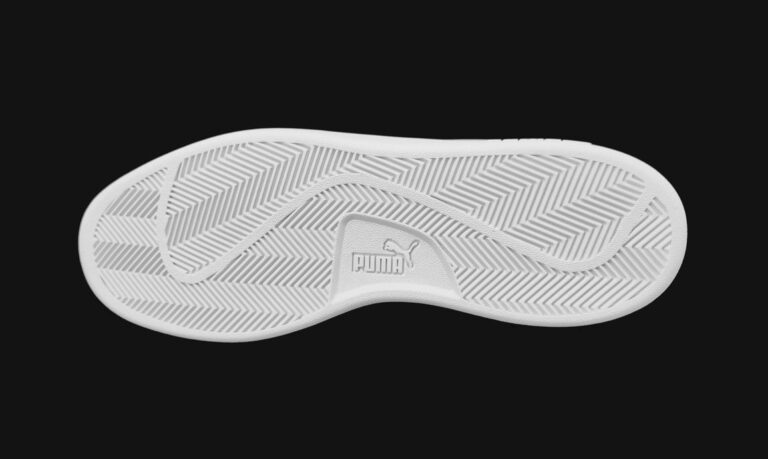With the aim to penetrate deeper into the fast-growing Chinese market, Procter& Gamble recently began the construction of a new manufacturing facility in Guangzhou (广州), China. It has also announced plans to reduce costs by $10 billion by 2016 and invest more in the emerging markets. It is likely to add 20 new manufacturing units in Brazil, China and Eastern Europe by 2015. This means more challenges for its largest competitor Unilever, which is still catching up.
Procter & Gamble
Procter & Gamble (P&G) is an American multinational consumer goods goods company headquartered in downtown Cincinnati, Ohio, USA. Its products include foods, beverages, cleaning agents and personal care products. In 2011, P&G recorded $82.6 billion dollars in sales. Fortune magazine ranked P&G at fifth place of the “World’s Most Admired Companies” list, which was up from sixth place in 2010.Procter & Gamble is the only Fortune 500 company to issue C Share common stock.
$1 Billion Into Chinese Market By 2015
P&G’s Guangzhou plant will begin operations in latter half of 2013, starting with the production of its baby care products such as Pampers. The facility is expected to add $490 million of annual production value for P&G. The plant is part of P&G’s $1 billion investment target in China by 2015, and is expected to be one of the largest manufacturing facilities in Asia.
China is P&G’s second largest market worldwide and is hotly contested for market share with Unilever, which has also started constructing a new plant in China’s Tianjin this month to manufacture liquid laundry detergent and fabric softeners.
Plans To Cut $10 Billion in Costs By 2016
In the annual Consumer Analyst Group of New York conference, P&G’s CEO Bob McDonald disclosed that the company plans to reduce costs by $10 billion by 2016, which would include $1 billion reduction in marketing costs and $3 billion in overhead expenses. This would provide the company further resources to invest in emerging markets. It also recently sold its Pringles potato chips business in a $2.7 billion deal with Kellogg Company, marking its final exit from the food business to focus on high-growth, high-margin personal care brands.
Pushing Further Into Emerging Markets
As developed markets are nearing saturation, under penetrated, higher growth emerging markets are attractive for sales volume growth and market share expansion. P&G has set a target to acquire one billion new customers by 2014-15. It plans to add around 20 more manufacturing facilities in emerging markets such as Brazil, China and Eastern Europe.





